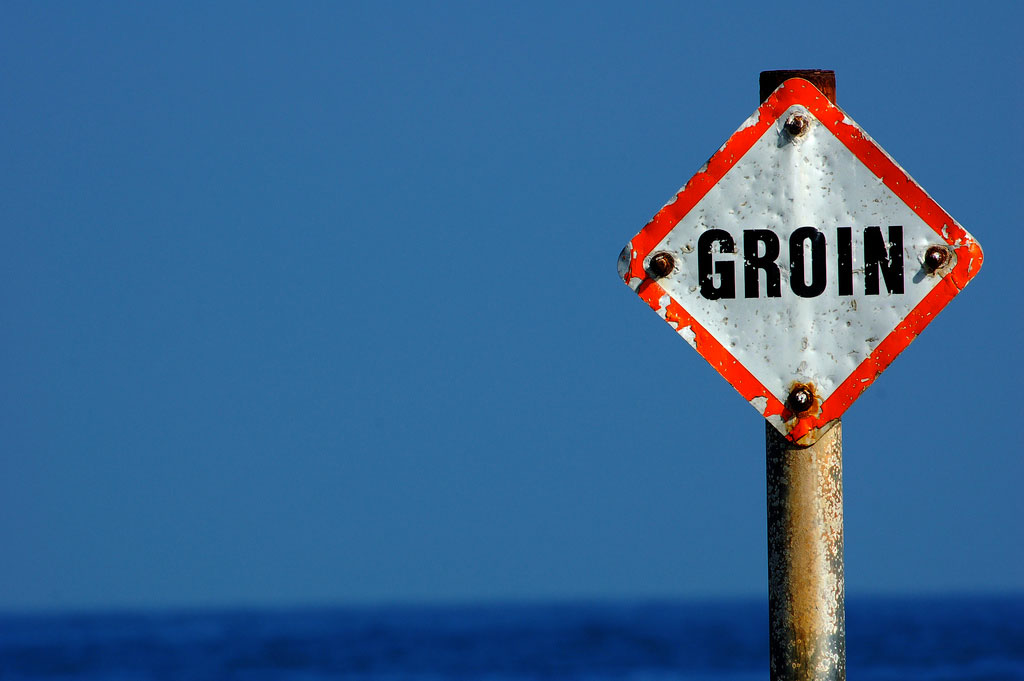Photo source: © Matt Knoth
“Terminal groins are shore-perpendicular structures built in attempt to slow erosion. When a groin works as intended, sand moving along the beach in the so-called downdrift direction is trapped on the updrift side of the groin, causing a sand deficit and increasing erosion rates on the downdrift side. This well-documented and unquestioned impact is widely cited in the engineering and geologic literature.” —Rob Young, Director of the Program for the Study of Developed Shorelines (PSDS) at Western Carolina University
Decisions about terminal groins are being made in towns throughout the southern N.C. coast after the N.C. General Assembly in 2011 repealed a nearly 30-year-old ban on hardened beach erosion control structures. Legislators changed the law in 2015 to allow for up to six terminal groins.
Stan Riggs, a coastal geologist and distinguished research professor at East Carolina University, said that the trouble with building terminal groins is that their potential effects are not isolated to one area, but rather the state’s entire coast…
Read Full Article, Coastal Review
The Negative Impacts Of Groins, (02-12-2009)
The negative impact of groins on downdrift shorelines is well understood. When a groin works as intended, sand moving along the beach in the so-called downdrift direction is trapped on the updrift side of the groin, causing a sand deficit and increasing erosion rates on the downdrift side. This well-documented and unquestioned impact is widely cited in the engineering and geologic literature.
A Fiscal Analysis of Shifting Inlets and Terminal Groins in North Carolina, By Rob Young Director of the Program for the Study of Developed Shorelines at Western Carolina University (01-28-2011)
The debate about terminal groins, shore-perpendicular structures built at inlets in attempt to slow erosion, is worth keeping an eye on, whether you live in western North Carolina or in a coastal community, because it could cost you and our state a pretty penny…









